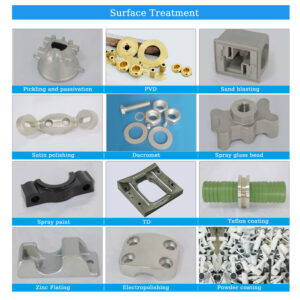
The hot dip galvanizing (HDG) process is a widely used industrial method to apply a protective zinc coating to steel or iron components, preventing corrosion and extending their service life. It involves immersing the prepared metal into molten zinc, creating a metallurgical bond between the zinc and the base metal. Here’s a detailed breakdown of the process:
1. Surface Preparation
Critical for ensuring proper adhesion of the zinc coating. Steps include:
Degreasing/Cleaning: Removes oils, dirt, and organic contaminants using alkaline solutions or solvents.
Pickling: Submerges the metal in hydrochloric or sulfuric acid to dissolve rust, mill scale, and oxides.
Fluxing: Treats the metal with a zinc ammonium chloride solution to prevent oxidation before galvanizing and promote zinc reactivity.
2. Galvanizing
The prepped metal is immersed in molten zinc (typically at 445–465°C / 833–869°F):
Immersion: Components are dipped into a bath of molten zinc.
Metallurgical Reaction: Zinc reacts with iron in the steel to form a series of zinc-iron alloy layers (e.g., gamma, delta, and zeta layers), topped by a pure zinc outer layer (eta layer).
Withdrawal: The metal is slowly withdrawn to allow excess zinc to drain, ensuring a uniform coating.
- Post-Treatment
Cooling: The galvanized item is cooled, often by quenching in water or air.
Inspection: Coating thickness, appearance, and adherence are checked using standards like ASTM A123 or ISO 1461.
Finishing: Optional steps include chromating, painting, or powder coating for enhanced aesthetics or additional protection.
Key Features of the Zinc Coating
Durability: Provides sacrificial protection (zinc corrodes preferentially to steel).
Uniform Coverage: Coats even complex shapes and recessed areas.
Self-Healing: Minor scratches are protected by the surrounding zinc.
Longevity: Coating life depends on environment (e.g., 50+ years in mild atmospheres).
Applications
Hot dip galvanizing is used in:
Construction: Structural steel, beams, guardrails.
Transportation: Bridges, highway components, rail tracks.
Utilities: Transmission towers, poles, pipelines.
Agriculture: Fencing, equipment.
Advantages
Cost-effective: Low maintenance over decades.
Sustainability: Zinc is recyclable, and the process reduces resource waste.
Full Coverage: Protects internal and external surfaces.
Limitations
Size Constraints: Limited by galvanizing bath dimensions.
Aesthetic Variability: May produce a spangled appearance.
High-Temperature Risks: Zinc coatings degrade above ~200°C (392°F).
The hot dip galvanizing process is a proven, efficient solution for corrosion protection, combining science and practicality to safeguard infrastructure worldwide.





